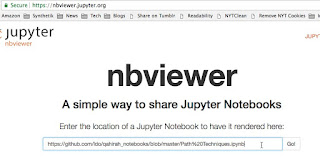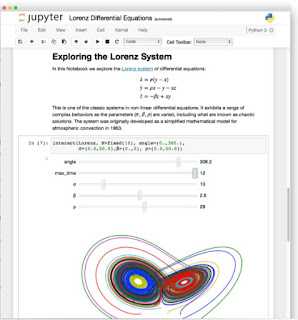Qt Application Framework
Qt is a cross platform application framework. It is primarily designed for c++ coding. However, there are also various ways to access it using Python. And it is in fact quite popular as a way to build GUI interfaces for Python applications. Qt allows you to develop your application for cross platform deployment from a single code base. This is very important in todays world. It is also extremely well documented. It is available in commercial as well as open source releases. With a huge base of existing users and a vast array of legacy applications built using it, you have some assurance that it will continue on into the future in some form. It encompasses desktop applications to mobile devices to embedded and connected devices. I briefly discussed some personal history associated with developing for Qt as well as platform longevity issues you should probably think about in a previous post . Qt is currently at version 5.12 as far as long term stability releases go (5.15 planned fo...





